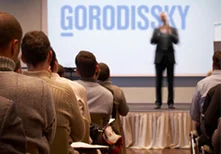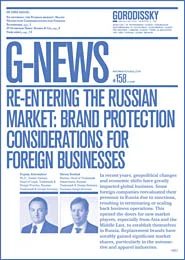Failed fairness: IP and competition law
18 April 2016IP rights fought their way into business years ago; infringement originated concurrently. Like many phenomena, business practices have their bright and dark sides. IP rights brought a degree of order, allowing entrepreneurs to take advantage of their findings and creations – be it through patents, trademarks or other means. Infringers have been stepping on their heels ever since.
Dishonest market practices are a common problem in many countries, particularly activities associated with misappropriation of the goodwill of competitors and violation of their IP rights. Each country sets out its own measures to protect intellectual property created by businesses in order to distinguish themselves and their products, and to help them to maintain their reputation among customers.
In Russia, the Law on Protection of Competition provides a clear-cut definition of 'unfair competition'. This definition is based on Article 10bis of the Paris Convention and contains the following elements:
On January 5 2016 amendments to the competition law – the so-called 'Fourth Anti-monopoly Package' – entered into force. The provisions relevant to intellectual property were expanded; instead of a single article, an entirely new Chapter 2.1 was introduced. It regulates unfair competition in greater detail, with heavy reliance on practice dating from the old competition law. In particular, each form of unfair competition, previously mentioned within a single Article 14, now has its own article, as follows:
This list is not exhaustive – other forms of unfair competition may be curtailed if unfair competitors devise other tricks.
Penalties for anti-competitive behaviour range from flat fines to turnover-based fines and damages.
The law enables businesses to fight infringement in situations where classic IP enforcement law is forceless – for example, where there are no IP rights protecting the appearance or packaging of a product, but another party offers for sale a product which looks similar to the relevant product and consequently misleads consumers.
The Federal Anti-monopoly Service has begun to try unfair competition administrative cases. However, this does not preclude the right to seek protection in court. Hence, there are two different ways to combat unfair competition – parties may file a complaint with the Federal Anti-monopoly Service or file a civil suit with the court. Regardless of the type of proceedings, competition between the plaintiff and defendant in the same segment of the market must be proven.
Для использования сайта Вы принимаете условия нашего Пользовательского соглашения.










